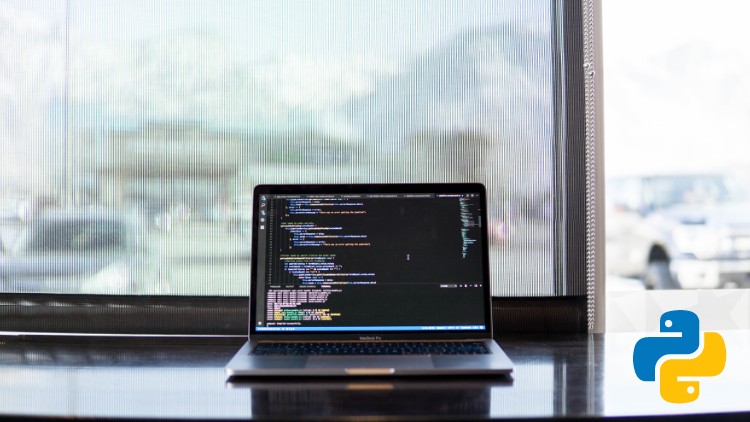
Let’s get to grips with the Python Pandas library for data analytics / analysis
What you will learn
Perform data analysis with the Pandas library
Learn about dataframes and how to conduct data analysis in Python
Understand how to handle missing values in your data
Understand how to handle & clean up messy data
Description
The demand for data engineers is greater than ever. So, there is no better time to upskill; learn Python and specifically data engineering.
I’ll take you through the core concepts of dataframes, which are a key data structure within Pandas. We’ll learn to ingest, clean and analyse the data and by the end of the course, you’ll be in a position to use Python & Pandas on your own data to extract valuable insight.
The idea isn’t to become an expert through this course. The idea is to become confident in the core concepts of Python and Pandas so you can solve real-world problems today and so you can continue your learning by doing.
Because, nobody becomes an expert through taking a course (no matter how long they are), you only truly become an expert by getting out there & solving problems.
For this course, you’ll need some basic Python knowledge, which you can gain from my FREE No Nonsense Python course here on Udemy.
You will need to have Python installed and the Pandas library installed – which you can do using ‘pip install pandas’.